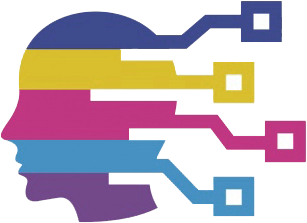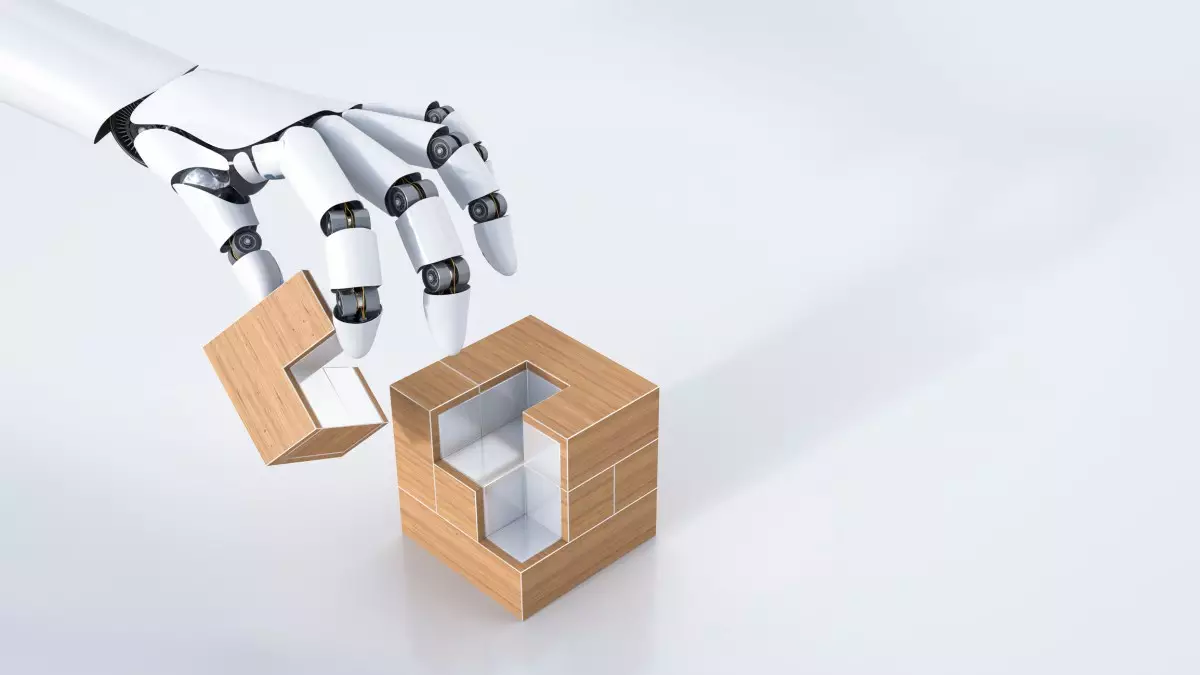The world of robotics is on the brink of a pivotal transformation. As we navigate through the riveting advancements in artificial intelligence, robotics is entering a new era characterized by enhanced automation and intuitive capabilities. In 2023, the installation of over 540,000 industrial robots indicates a healthy trend where many industries are embracing robotic solutions to optimize efficiency. Yet, a curious dilemma arises: while robots are exceptional at repetitive tasks, their limitations in precision and adaptability hinder their full potential across diverse industries. This gap presents an exciting opportunity for innovative minds, and one startup, South Korea’s RLWRLD, is racing to bridge it.
Understanding the Limitations of Conventional Robotics
Traditionally, industrial robots have served as mechanical workhorses for routine tasks. While their prowess in speed and strength is commendable, the onus remains on human workers to handle delicate materials or complex, non-repetitive tasks. This challenge is especially pronounced in sectors like food preparation, where a robotic kitchen assistant could lead to more chaos than convenience. In essence, such limitations reveal that we are still far from realizing the full capabilities of robotics in the everyday workplace. RLWRLD seeks to challenge this notion by infusing advanced AI into the robotic domain, thus expanding the scope of what robots can accomplish.
RLWRLD: A New Frontier in Robotics Innovation
Founded on the fundamental premise of enhancing robotics through artificial intelligence, RLWRLD has emerged as a beacon of hope in a sector facing stagnation. The startup’s innovative approach combines traditional robotics frameworks with cutting-edge large language models. By doing so, RLWRLD envisions enabling robots to perform agile movements while exhibiting a semblance of logical reasoning. Co-founder Jung-Hee Ryu emphasizes that their foundational AI model could translate human expertise into automated processes, potentially revitalizing industries plagued by manual labor.
With a robust seed funding of 21 billion KRW (around $14.8 million) secured from an impressive roster of strategic investors, RLWRLD is poised for significant progress. Their goal is simple yet ambitious: to completely revolutionize labor-intensive tasks. By capitalizing on North Asia’s manufacturing strengths, RLWRLD is placing itself on a trajectory to lead in robotics innovation.
Strategic Collaborations and Future Endeavors
Investment from prominent players such as LG Electronics and Mitsui Chemical exemplifies industry confidence in RLWRLD’s vision. These collaborations are not merely financial; they signify a collective acknowledgment of the necessity for a paradigm shift within the robotics sector. The funding will be allocated toward proof-of-concept projects, computing infrastructure, and top-tier talent acquisition—essential elements for turning ambitiously envisioned concepts into tangible results.
Moreover, RLWRLD has begun preparations for an autonomous action demonstration using humanoid robots, with an emphasis on advanced hand movements that rival those of the industry’s leading competitors. Ryu is acutely aware of the competitive landscape, where larger firms like Tesla and Google DeepMind are also developing robotics solutions. Yet, he asserts that RLWRLD’s early investment in expert human capital positions them favorably to carve out a niche in this burgeoning field.
The Competitive Landscape and Differentiating Factors
While RLWRLD is not alone in its pursuit of robotics excellence, what sets them apart is their strategic focus on foundational models tailored explicitly for robotics. Unlike other major players that rely heavily on low-degree-of-freedom systems, RLWRLD is investing in high-degree-of-freedom solutions, ensuring that their robots can perform a wider array of tasks with precision. Such differentiation could redefine how robots integrate into various sectors, from manufacturing to logistics and even domestic environments.
Ryu’s commitment to focusing on the prevalent gaps in AI infrastructure in Korea and Japan also reflects a depth of understanding of the industry’s needs. By addressing the core challenges faced by researchers and developers in these regions, RLWRLD is not just building a company; it is actively laying the groundwork for an ecosystem that will foster innovation and growth in robotics.
Current Industry Trends and Projections
Looking ahead, RLWRLD is strategically positioning itself to tap into lucrative markets such as industrial automation, logistics support, and even retail. Given that Korea and Japan account for a substantial portion of global manufacturing, RLWRLD’s ambitious initiatives could lead to early revenue generation through collaborative demonstrations and projects with industry stakeholders.
By honing in on industries that exhibit the highest need for automation and are willing to invest more heavily, RLWRLD is aligning its growth strategies with market demands. Its emphasis on creating versatile robots capable of performing diverse tasks not only supports businesses but also promises to augment the human labor force rather than replace it, ultimately fostering a more integrated approach to work.
As RLWRLD continues its ascent, the world will be watching closely. It stands at the intersection of technological advancement and tradition—a crucial juncture that could determine the very future of how we perceive and utilize robotics.

